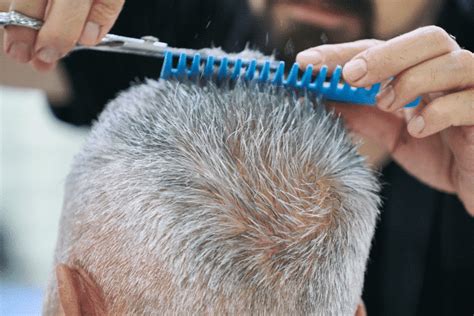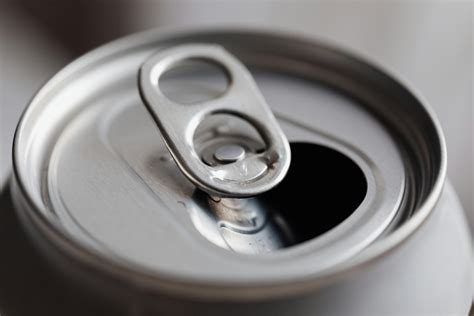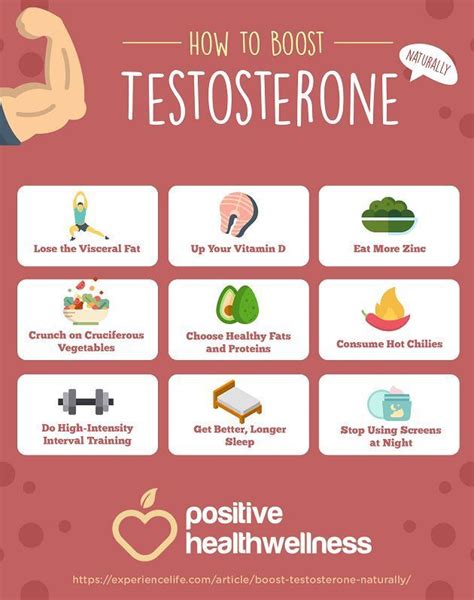When considering the intricacies of human anatomy, the question of how many hair follicles populate a specific area like an adult man’s chest often arises. While it might seem like a straightforward query, providing a precise average number is quite challenging due to a multitude of biological and individual factors.
The Complexity of Counting Hair Follicles
Unlike counting fingers or toes, hair follicles are microscopic structures embedded in the skin. The total number varies drastically from person to person, making a definitive ‘average’ difficult to pinpoint. Studies on hair density typically focus on scalp hair or smaller skin sections, and extrapolating these numbers to a large, variable area like the chest is prone to inaccuracies.
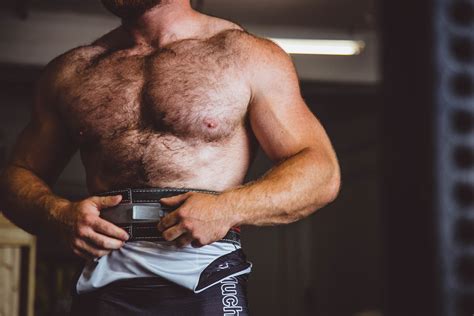
Factors Influencing Chest Hair Follicle Count
Several key factors contribute to the significant variations observed in chest hair density among adult men:
Genetics and Ethnicity
Genetics plays the most dominant role in determining hair patterns and density. If a man’s father or grandfathers had significant chest hair, he is more likely to as well. Ethnic background also contributes, with certain ethnic groups tending to have denser body hair than others.
Hormonal Influence (Androgens)
Androgens, primarily testosterone and dihydrotestosterone (DHT), are the male sex hormones responsible for the development of secondary sexual characteristics, including the growth of terminal (thick, coarse) body hair during puberty. The sensitivity of hair follicles to these hormones dictates the extent of hair growth. Higher androgen levels or greater follicle sensitivity can lead to more and thicker chest hair.
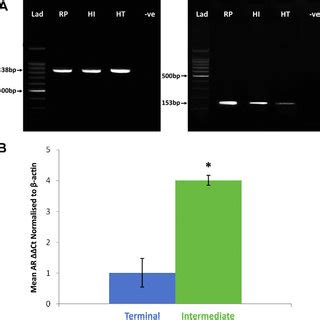
Age and Individual Variation
Chest hair typically begins to appear during puberty and can continue to thicken and spread into a man’s 20s and 30s. Age can therefore influence the perceived density. Furthermore, even among men with similar genetic and hormonal profiles, individual biological variations mean no two chests will be identical.
Hair Follicles vs. Visible Hairs
It’s important to distinguish between the total number of hair follicles and the number of visible hairs. Every hair shaft grows from a follicle, but not all follicles produce terminal hair. Many follicles produce vellus hair – fine, light, almost invisible hair that covers most of the body. On the chest, many vellus follicles can be miniaturized or become more active and produce terminal hair depending on hormonal stimulation.
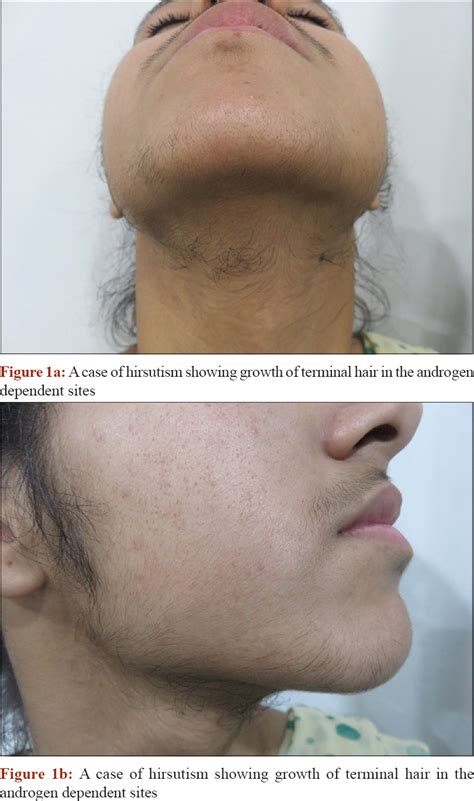
Estimating the Average Number
Given the variables, a precise average for the entire chest area is not readily available in scientific literature. However, we can make some educated estimations based on general skin follicle density. The human body, excluding palms and soles, is densely packed with follicles. Skin can have anywhere from 50 to 500 follicles per square centimeter. If we consider an average chest area for an adult male to be approximately 3,000 to 4,000 square centimeters, and assume a moderate density for the chest (which is typically less dense than the scalp but more so than, say, the forearm), the number of follicles could potentially range into the tens or even hundreds of thousands. However, only a fraction of these would produce visible terminal chest hair.
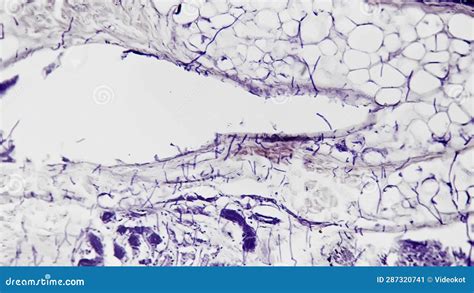
For areas where terminal hair grows, the density of visible hairs is typically much lower than the total follicle count. For example, the scalp has about 80,000 to 150,000 terminal hairs, while body hair density is generally lower. A man with a very hairy chest might have several thousand visible terminal hairs, while another might have very few.
Conclusion: Understanding Individual Differences
Ultimately, there is no single, universally agreed-upon ‘average’ number of hair follicles on an adult man’s chest. The range is incredibly broad due to the complex interplay of genetics, hormones, age, and individual physiological differences. Instead of a precise number, it’s more accurate to understand that chest hair, or the lack thereof, is a normal and healthy expression of human biological diversity, reflecting an individual’s unique genetic blueprint and hormonal profile.

